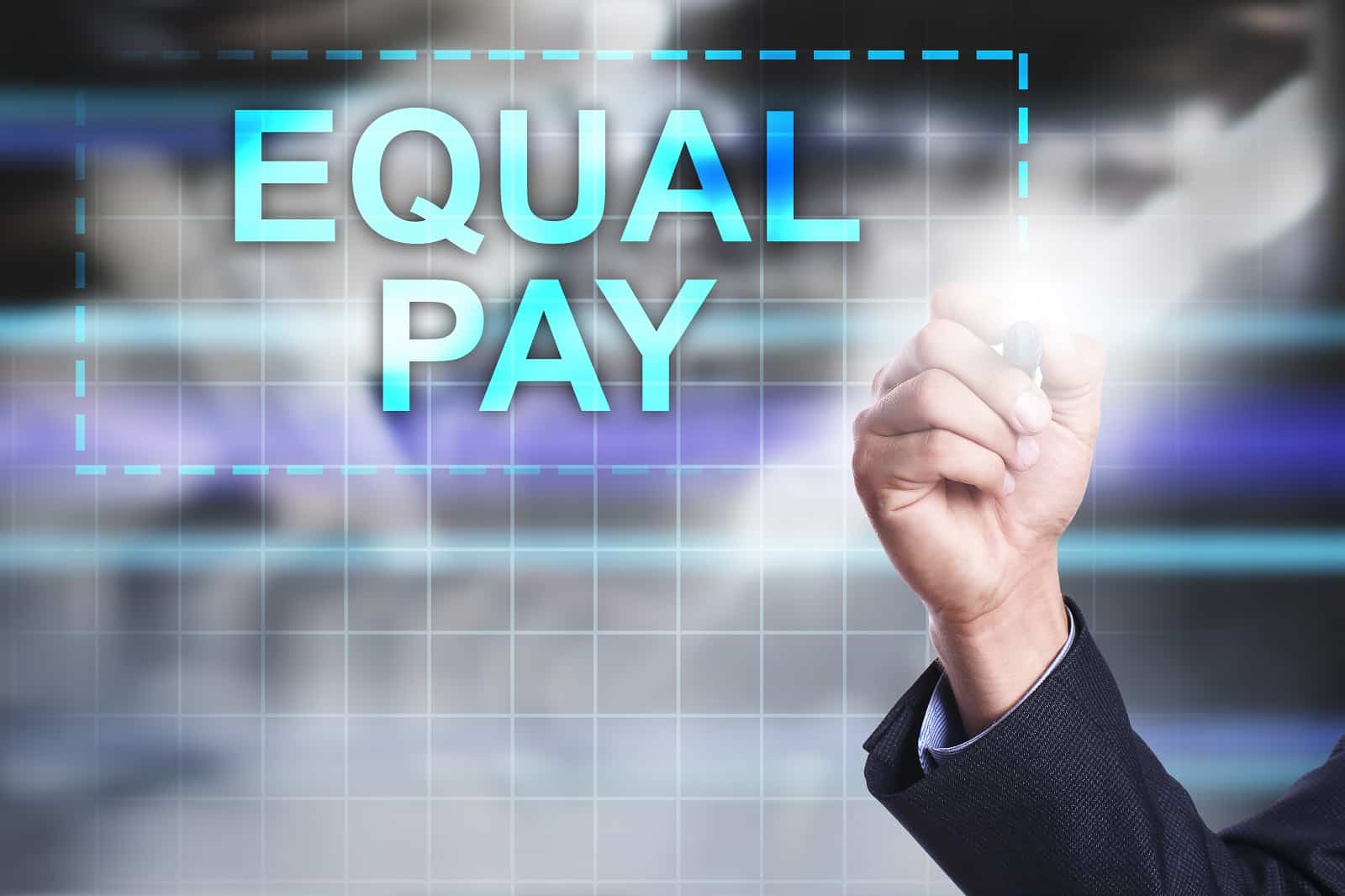In the United States, the gender pay gap has hardly improved in the last 20 years, with women earning a mere 82% of what men do. Here’s the full story.
Stability Over Two Decades

For the past 20 years, the gender pay gap has lingered at 82 cents per dollar earned by men. However, a glimmer of hope emerges for workers aged 25 to 34, where women earn 92 cents for every male dollar.
Long-Term Progress

Compared to 1982, when the pay gap was a stark 35 cents, progress has been made. Today, the overall gap is 18 cents, and for the 25 to 34 age group, it has narrowed to just 8 cents.
Full-Time Worker Disparities

In 2021, full-time working women earned 84% of their male counterparts. This persistent gap has sparked interest from critics, who now want to find out the underlying issue that causes such a gap.
Educational Factors

Historically, educational attainment explained the gender pay gap. Recent progress has resulted in women making strides in education, meaning there must be other factors contributing to the gap. Here, we will discuss some potential reasons.
Occupational Segregation

Women in the last two decades have been successful in higher positions, which has significantly reduced the pay gap.
Work Experience Influence

As women gain more work experience, the gender pay gap decreases as a result. On average, the average amount of actual work experience for women is still significantly less than for men, with the potential being much higher.
Unraveling Unseen Forces

Beyond measurable factors, gender discrimination has come to the surface, emerging as a key contributor, with half of U.S. adults citing differential treatment by employers.
Public Perceptions

Opinions vary, with 61% of women believing that their employer’s differential treatment is a reason for the pay gap, compared to 37% of men. Another factor that affects these public opinions is the individual’s political persuasion.
Republicans Blame Women’s Choices

Democrats, along with half of the nation’s adults, point to employer behavior as a contributing factor to the gap, while Republicans put the blame on women’s choices.
Gender Pay Gap by Party Affiliation

Two-thirds of Democrats attribute the wage differences to employer behavior over women’s choices, while just 30% of Republicans agree.
Parental Insights

Parents with young kids perceive the gap on the same level as Republicans, attributing it to women’s choices in balancing family and work.
Intra-Party Gender Divide

Despite the majority of Republicans blaming women’s choices, data shows that both Democratic and Republican women are more likely than their male counterparts to see employer behavior as a major reason for the gender pay gap.
Family Pressures on Employed Women

Family caregiving responsibilities disproportionately impact employed women, with mothers feeling a greater burden when they’re out at work all day, compared to fathers who feel less burden since society tells them it’s their duty.
Financial and Family Pressures

About half of employed women and men feel great pressure to support their families financially. Unmarried working mothers feel this pressure more intensely.
Financial Support Challenges

For unmarried working mothers, financial pressure is heightened, with 77% of them in the US reporting feeling a great deal of pressure.
Divergence in Aspirations

Ambitions do diverge along gender lines, with women less likely to aspire to leadership roles in the future.
Aspirations for Leadership

A quarter of working US adults hold high leadership positions, but it’s men who are more likely to hold leadership positions, with 28% currently being bosses or top managers, whereas just 21% of working women hold these positions.
Future Aspirations

Women even expressed less of a desire to pursue leadership roles in the future, revealing the gendered ambition gap. A huge 46% of women would not want to hold leadership positions in the future.
Views on Workplace Success

About four in ten working parents feel great pressure to be successful at their job or career. This data shows that there isn’t much if any, difference between the two genders when it comes to feeling pressure to succeed in their jobs.
Future of the Gender Pay Gap

Although in the grand scheme of things the gender pay gap hasn’t greatly improved in the last two decades, it’s clearly showing progress, however, one of the key issues in the fight for fair pay involves re-educating those with a conservative opinion on women’s roles and capabilities.
The post Assessing 20-Year Progress: Has the Gender Pay Gap Shrunk? first appeared on Swift Feed.
Featured Image Credit: Shutterstock / PeopleImages.com – Yuri A.

